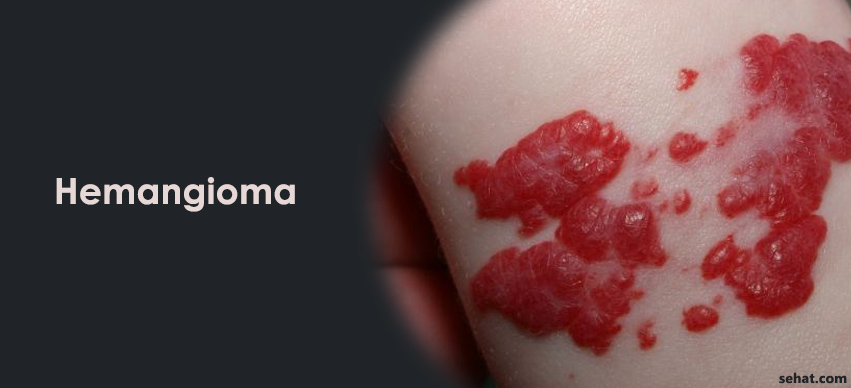Nanoparticle Therapy – An Emerging Cancer Treatment
5 Min Read


Hemangioma is like a birthmark that a baby develops it in the mother’s womb itself. It is the extra blood vessels visible on the skin. It appears like a bright red rubber noduleon the skin. Hemangioma is one of the major causes of benign tumor among infants and effects 5-10% infants across the world annually. The medical condition term hemangioma is derived from Greek words ‘haema’ that means blood and ‘angeio’ that means vessels.
Hemangioma usually appears when the infant is in the womb, hence it is congenital. A hemangioma grows in the first year of life of the infant and diminishes over a period of time. If it is observed at birth, it usually fades away around the age of ten. A hemangioma emerges on any part of the body but usually can be observed on the face, scalps, chest and back. Sometimes they develop on internal organs as well, usually the liver. It is a noncancerous growth structured due to an abnormal gathering of blood vessels into a single lump.
The four major types of hemangioma are 1) Capillary Hemangioma, 2) Cavernous Hemangioma, 3) Compound Hemangioma and 4) Lobular Capillary Hemangioma.
The condition of hemangioma vascular tumor is termed as hemangiomata in medical dictionaries.
The cause of Hemangioma is still unknown from the experts across the globe.
We still need to conduct various tests and researches to know the actual cause of hemangioma. Majorly white infants, females and premature babies fall prey to hemangioma across the globe.
When the hemangioma is on the skin, it doesn’t require any diagnosis. In many cases, treatment is not required if the hemangioma is not causing any physical problem. It will naturally diminish over few years. Also, the treatment will have side-effects. But there are some cases that need treatment. It is necessary in cases where the nodule interferes with vision and breathing.
To know more about hemangioma, you can contact some of the best vascular surgeons in Kolkata.
Hemangioma of liver develops on the surface of the liver. It creates a noncancerous liver mass in the liver. They are considered sensitive for estrogens. Abdominal pain is the most common symptom of noncancerous liver mass hemangioma. It can be diagnosed with CT Scan, MRI and ultrasound.
Women are at a higher risk of developing a liver hemangioma than men. Usually, it is diagnosed after the age of 30.
The problem of hemangioma is present since birth, ie, it is congenial. If there are internal problems, visionary or breathing blockage or liver problems due to hemangioma, then treatment is recommended. Otherwise, Hemangioma treatment is not required as it naturally fades away in few years. Still, if there are some complications, vascular surgeons at Sehat.com are always at your service. You just need to contact them.